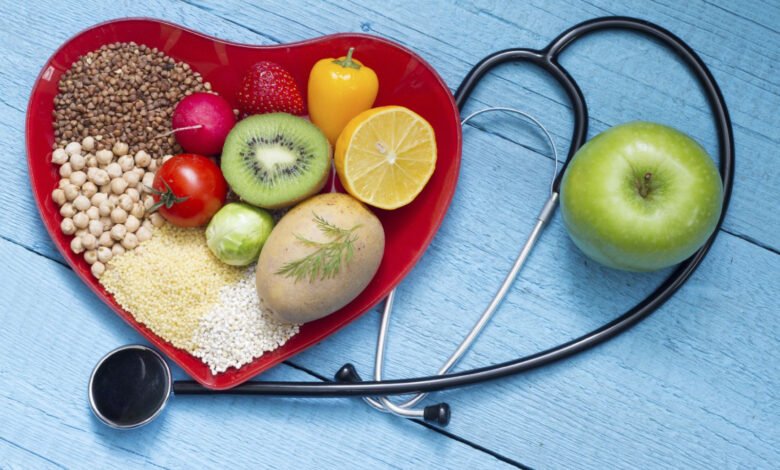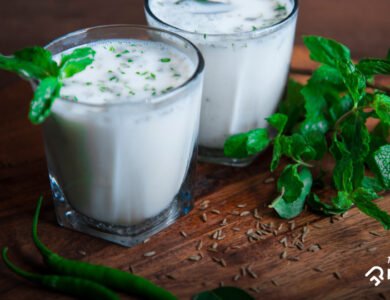Unlocking the Path to Better Heart Health: A Guide on How to Lower Cholesterol Naturally
Empower Your Heart: A Comprehensive Guide to Lowering Cholesterol and Enhancing Cardiovascular Well-being

Welcome to ‘Navigating the Path to Cardiovascular Wellness: A Comprehensive Guide on Naturally Lowering Cholesterol.’ In today’s fast-paced world, prioritizing heart health often falls by the wayside. Yet, maintaining optimal cholesterol levels is paramount for overall cardiovascular well-being. High cholesterol silently poses a threat that can lead to severe heart issues. In this comprehensive guide, we will delve into effective and natural methods to lower cholesterol. Additionally, we’ll explore the subtle signs that may indicate high cholesterol and uncover strategies for quickly reducing cholesterol levels. Join us on this journey towards heart health and discover the key to a vibrant, cholesterol-balanced life.
Understanding Cholesterol: The Basics
Cholesterol is a fatty substance that is essential for building cells and producing certain hormones. However, when there is an excess of cholesterol in the blood, it can build up in the walls of arteries, leading to the formation of plaques. These plaques can restrict blood flow, increasing the risk of heart disease and stroke.
What Quickly Reduces Cholesterol?
While there’s no instant remedy for lowering cholesterol, certain lifestyle changes can have a swift impact. A Guide on How to Lower Cholesterol Naturally given blow:
Exercise for Rapid Results
Regular exercise is a powerful tool for quick cholesterol reduction. Engaging in aerobic exercises, such as brisk walking, jogging, or cycling, can increase the production of high-density lipoprotein (HDL) or “good” cholesterol, which helps remove other forms of cholesterol from the bloodstream.
Foods That Act Quickly
Certain foods have been linked to rapid cholesterol reduction. Oats, barley, and other soluble fiber-rich foods act like a sponge, absorbing cholesterol and carrying it out of the body. Including these in your diet can yield quick and noticeable results.
Natural Ways to Lower Cholesterol: A Holistic Approach (A Guide on How to Lower Cholesterol Naturally)
- Healthy Dietary Choices: Adopting a heart-healthy diet is a cornerstone of cholesterol management. Focus on incorporating fruits, vegetables, whole grains, and lean proteins into your meals. Foods rich in omega-3 fatty acids, such as fatty fish (salmon, mackerel, and trout), can also contribute to lower cholesterol levels.
- Regular Physical Activity: Exercise not only has an immediate impact on cholesterol levels but also plays a significant role in long-term management. Aim for at least 150 minutes of moderate-intensity exercise per week, such as brisk walking or swimming.
- Maintain a Healthy Weight: Shedding excess pounds can positively influence cholesterol levels. Even a modest weight loss can lead to improvements. Combine a balanced diet with regular exercise to achieve and maintain a healthy weight.
- Quit Smoking: Smoking not only damages your blood vessels but also lowers your good cholesterol. Quitting smoking is a crucial step toward improving your overall cardiovascular health.
- Limit Saturated and Trans Fats: Reduce your intake of saturated and trans fats found in fried foods, processed snacks, and certain oils. Opt for healthier cooking oils like olive oil and avocado oil.
Signs of High Cholesterol: What to Look For
Detecting high cholesterol early is vital for effective management. Keep an eye out for the following signs:
- Yellowish Patches on the Skin (Xanthomas): These patches can appear on the elbows, knees, hands, feet, or buttocks.
- Chest Pain or Angina: This may indicate reduced blood flow to the heart, often linked to high cholesterol levels.
- Shortness of Breath: Difficulty in breathing could be a sign of cholesterol-related heart issues.
- Frequent Fatigue: Persistent tiredness or weakness may be a result of inadequate blood flow due to cholesterol buildup.
- Difficulty in Digestion: Cholesterol deposits can affect blood flow to the intestines, leading to digestive issues.
Incorporating Healthy Habits into Your Lifestyle
In conclusion, adopting a holistic approach to heart health is key. Incorporate natural and effective strategies, such as a balanced diet, regular exercise, and avoiding smoking, to lower cholesterol levels and reduce the risk of heart disease. Remember, small, consistent changes can yield significant results over time.
Take charge of your heart health today, and embrace a life of vitality and well-being!
Read More-Tips for Lowering Blood Pressure Naturally: A Quick Guide



